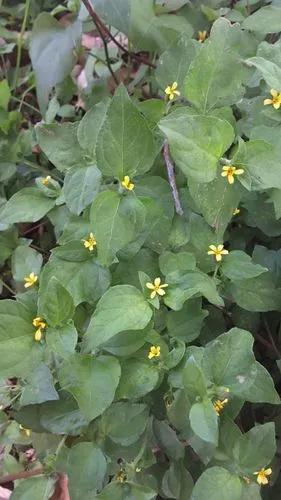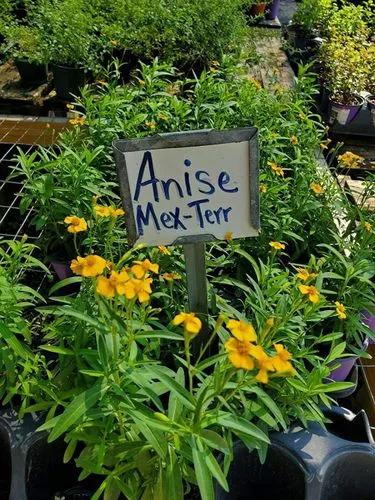Gerbera L. is a genus of plants in the Asteraceae. It was named in honour of German botanist and medical doctor Traugott Gerber. Gerbera is native to tropical regions of South America, Africa and Asia.
Transvaal daisy Care
gerbera jamesonii
Other names: Gerbera Daisy, Gerber Daisy, Barberton Daisy



Gerbera Daisy (known as Transvaal daisy, Gerber daisy, African daisy or Barberton daisy – Gerbera jamesonii) from the Asteraceae family are popular indoor and outdoor South African floral plants. Blooms of Gerbera daisies vary in size, ranging from two inches to five inches across. For even greater variety, there are single, double and multiple petal versions of all colors. Gerbera is native to tropical regions of South America, Africa and Asia. Gerbera is very popular and widely used as a decorative garden plant or as cut flowers. Gerbera is also important commercially. It is the fifth most used cut flower in the world (after rose, carnation, chrysanthemum, and tulip). It is also used as a model organism in studying flower formation.
How to Care for the Plant

Water

To determine if it's time to water daisies, probe the soil with a trowel or metal rod, and then water when the soil is dry to a depth of 10-22 cm or 4 to 5 inches. Water daisies with a soaker hose or drip irrigation system to keep the foliage dry, as wet foliage places the plant at risk of disease.

Pruning

It is important to never remove more than a third of the foliage in any one year and to cut just above a node on the stem.

Fertilizer

Use a 5-10-10 blend or 10-10-10 fertilizer diluted to 1/4th strength.

Sunlight

Needs bright, indirect sunlight.

Soil

Prefer fertile soil, preferably loose and loamy with adequate drainage.

Temperature

A moderate, slightly cool temperature is preferred, and you should protect your indoor Gerbera against temperatures over 70°F.

Container

When choosing a pot, choose a pot that is 2.5-5 cm (1-2”) larger than the current size. Ceramic pots are porous which means your plants are less likely to experience root rot from overwatering. It also means you'll have to water more often. Plastic pots are lighter, less likely to break, and easier to clean.

Popularity

1,818 people already have this plant 437 people have added this plant to their wishlists
Discover more plants with the list below
Related articles






